
When it comes to cooking and baking, vinegars are often used to add acidity, flavor, or as a preservative. Two commonly used varieties are white vinegar and white wine vinegar, but are they the same thing? Let’s unravel the difference between these two vinegars and find out how they can be used in different recipes.
White vinegar, also known as distilled vinegar, is a clear liquid made from fermented grains such as corn or wheat. It has a sharp, acidic taste and a strong odor. White vinegar is commonly used in pickling, as a cleaning agent, and for preserving foods due to its high acidity. It is also a popular ingredient in marinades, sauces, and salad dressings, where its tangy flavor can enhance the overall taste of the dish.
In contrast, white wine vinegar is made from white wine that has undergone a fermentation process. It has a milder flavor compared to white vinegar, with a subtle hint of sweetness and a delicate aroma. White wine vinegar is often used in marinades, vinaigrettes, and sauces where its lighter taste can complement the other ingredients without overpowering them. It can also be used to deglaze pans or add a touch of acidity to soups and stews.
While both white vinegar and white wine vinegar can be used in similar ways, their distinct flavors make them better suited for different recipes. Choosing the right vinegar can make a noticeable difference in the taste and balance of a dish. So whether you’re pickling vegetables or dressing a salad, understanding the difference between white vinegar and white wine vinegar can help you achieve the perfect culinary result.
So next time you’re in the kitchen, reach for the right vinegar for your recipe and enjoy the enhanced flavor it brings to your dishes. Experiment with both white vinegar and white wine vinegar to discover which one you prefer or keep both on hand to add variety to your culinary creations. Happy cooking!
Is White Vinegar the Same as White Wine Vinegar?
White vinegar and white wine vinegar might sound like they are the same thing, but they are actually two different types of vinegar. While they may share similar names and have a similar appearance, there are key differences between the two.
White Vinegar
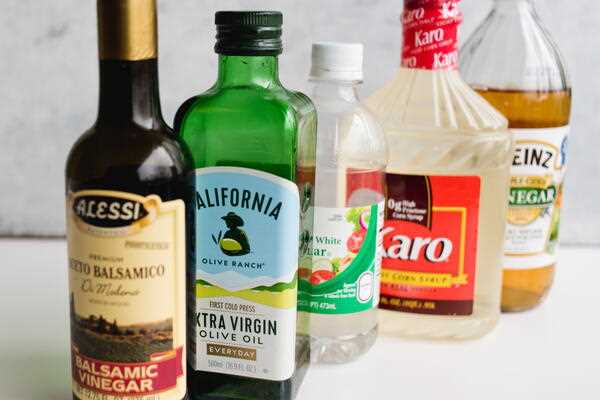
White vinegar is a type of vinegar that is made from distilled grain alcohol. It is typically clear in color and has a sharp, acidic taste. White vinegar is highly versatile and is commonly used in cooking, cleaning, and as a natural remedy for various household tasks.
White vinegar is often used in pickling and preserving foods, as its acidity helps to inhibit the growth of bacteria and other microorganisms. It can also be used as a cleaning agent, as its acidity makes it effective at removing stains and odors.
White Wine Vinegar
White wine vinegar, on the other hand, is made from white wine that has been fermented and oxidized. It has a milder taste than white vinegar and is often used in salad dressings, marinades, and sauces.
White wine vinegar has a slightly fruity and tangy flavor, which can add a subtle complexity to dishes. It is frequently used in Mediterranean cuisine and is a popular ingredient in French cuisine.
Differences
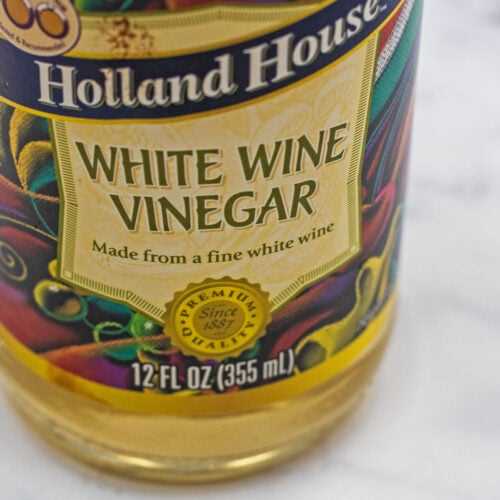
The main difference between white vinegar and white wine vinegar is the source of the vinegar. White vinegar is made from grain alcohol, while white wine vinegar is made from wine.
Another difference is the taste. White vinegar has a stronger, more acidic taste, while white wine vinegar has a milder, more complex flavor.
White wine vinegar also tends to be more expensive than white vinegar, as it is made from a higher quality base ingredient.
Conclusion
While white vinegar and white wine vinegar may look similar, they are distinctly different in terms of taste and the way they are made. It is important to use the correct type of vinegar in recipes to achieve the desired flavor profile.
Whether you’re using white vinegar for cleaning or white wine vinegar for cooking, understanding the differences between the two can help you make informed decisions in the kitchen.
Understanding Vinegar Types
Vinegar is a versatile cooking ingredient that is used in a variety of recipes and culinary preparations. However, not all vinegars are created equal. There are various types of vinegar available, each with its own unique characteristics and flavors.
1. White Vinegar
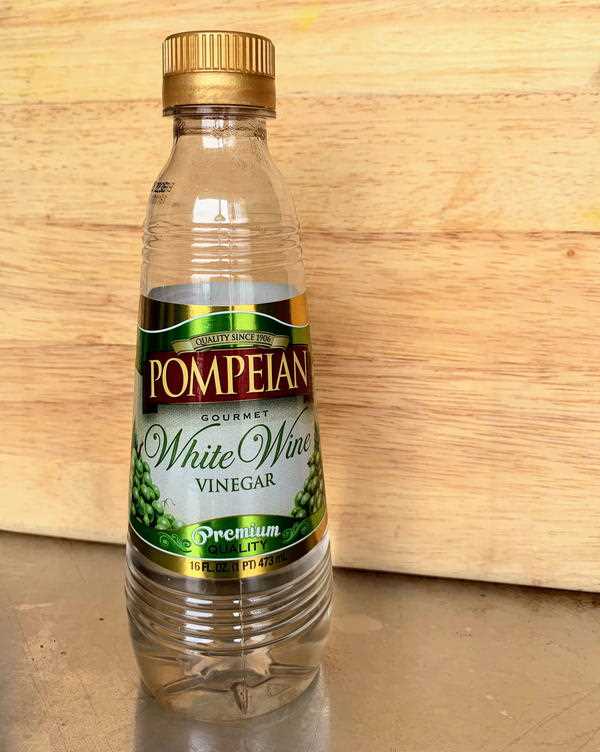
White vinegar, also known as distilled vinegar, is one of the most common types of vinegar. It is made through a fermentation process in which ethanol is converted into acetic acid. White vinegar is clear and has a sharp, acidic taste. It is often used for pickling, cleaning, and as a household remedy.
2. Apple Cider Vinegar

Apple cider vinegar is made from fermented apple cider. It has a distinct golden color and a slightly sweet and fruity flavor. Apple cider vinegar is often used in salad dressings, marinades, and as a natural remedy for various health conditions.
3. Red Wine Vinegar
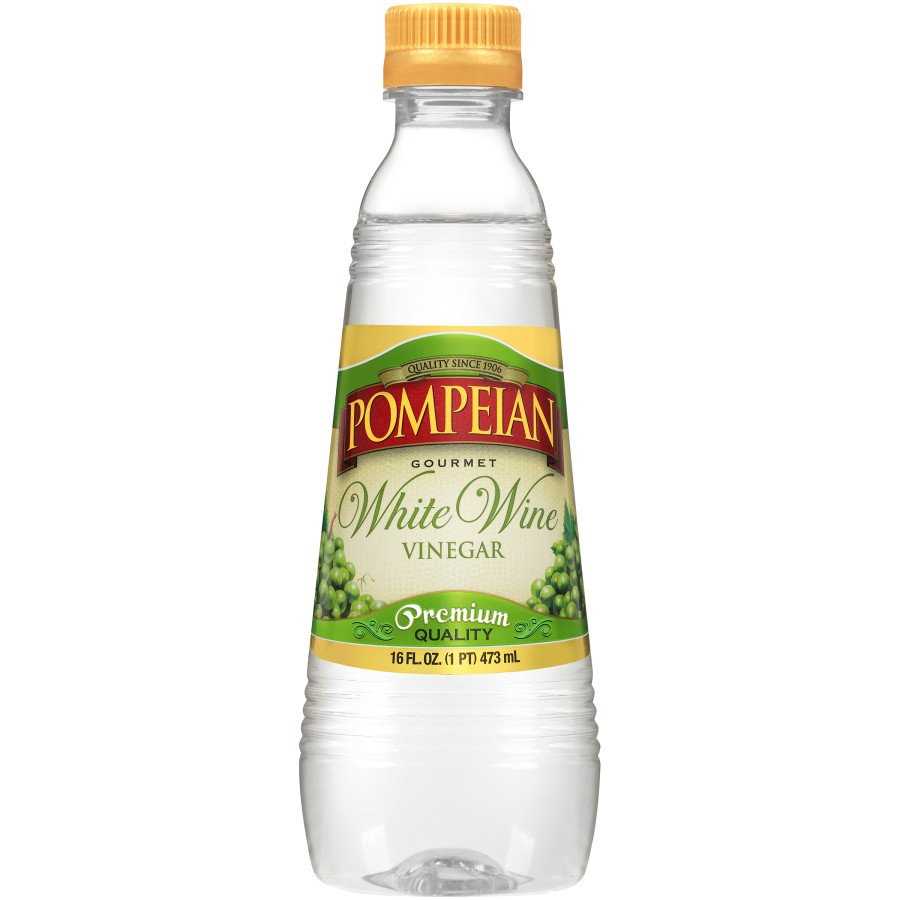
Red wine vinegar is made from red wine that has been fermented and aged. It has a deep red color and a rich, robust flavor. Red wine vinegar is commonly used in Mediterranean and French cuisines, particularly in salad dressings, marinades, and sauces.
4. White Wine Vinegar
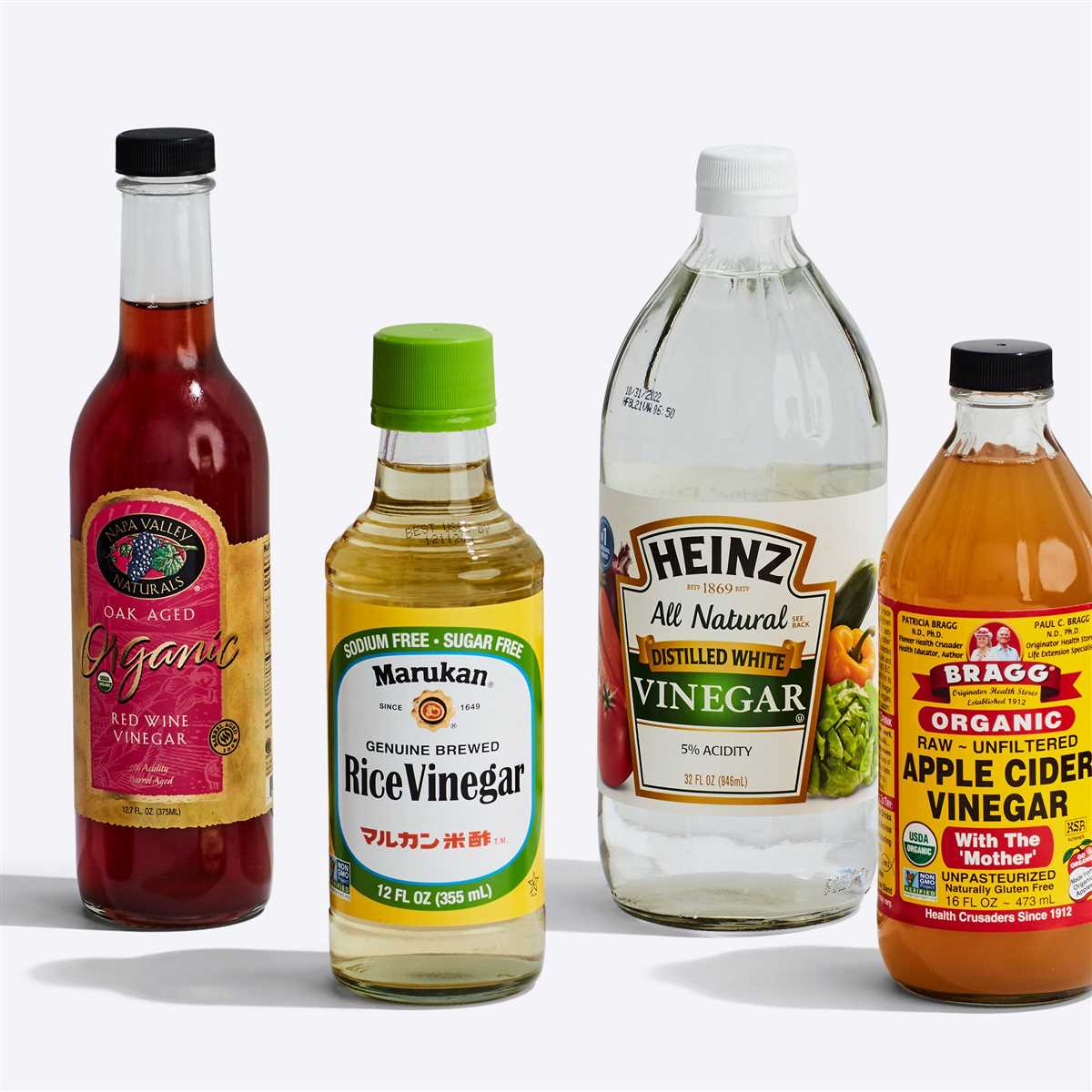
White wine vinegar is made from white wine that has been fermented and aged. It has a pale yellow color and a subtle, delicate flavor. White wine vinegar is often used in cooking, particularly in sauces, vinaigrettes, and marinades.
5. Balsamic Vinegar
Balsamic vinegar is a dark, syrupy vinegar that originates from Italy. It is made from grape must, which is the juice of freshly crushed grapes. Balsamic vinegar has a sweet and tangy flavor with hints of caramel and fruit. It is commonly used in salad dressings, marinades, and as a condiment.
6. Rice Vinegar
Rice vinegar, also known as rice wine vinegar, is made from fermented rice or rice wine. It has a mild, slightly sweet flavor and a pale yellow color. Rice vinegar is widely used in Asian cuisines, particularly in sushi rice, stir-fries, and dipping sauces.
7. Champagne Vinegar
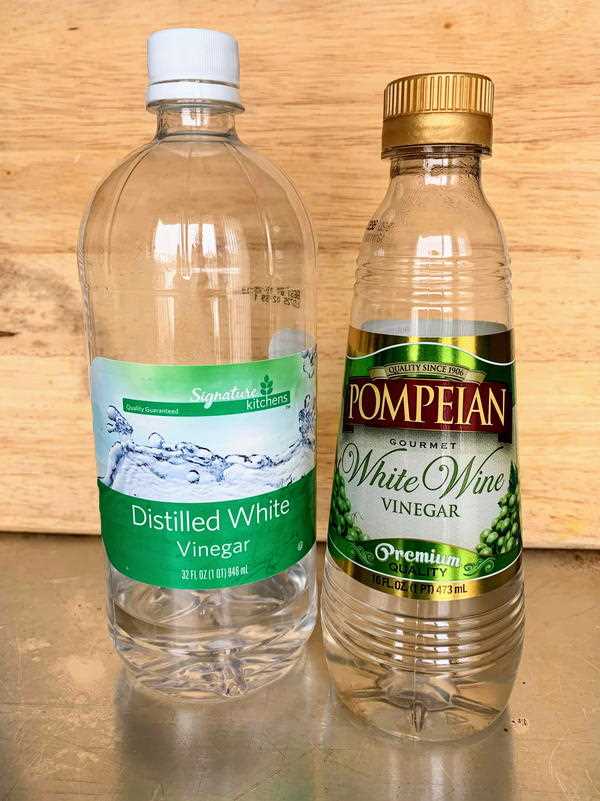
Champagne vinegar is made from champagne or sparkling wine that has been fermented and aged. It has a light, delicate flavor and a pale golden color. Champagne vinegar is often used in salad dressings, marinades, and sauces.
8. Sherry Vinegar
Sherry vinegar is made from sherry wine that has been fermented and aged. It has a complex, nutty flavor with hints of oak. Sherry vinegar is commonly used in Spanish cuisine, particularly in gazpacho, marinades, and sauces.
These are just a few examples of the many types of vinegars available. Each vinegar type has its own distinct flavor profile and culinary uses. Experimenting with different vinegars can add depth and complexity to your dishes. So, the next time you reach for vinegar in your pantry, consider the type of vinegar that will best enhance your recipe!
The Production Process
White Vinegar
White vinegar is made through a two-step fermentation process. First, ethanol, which is derived from a carbohydrate source such as corn or wheat, is converted into acetic acid by bacteria. This is known as alcoholic fermentation. The acetic acid bacteria used in this process are of the genus Acetobacter, which can be found naturally in the environment.
In the second step of the production process, the acetic acid is then diluted with water to achieve the desired acidity level for white vinegar. This dilution process varies depending on the specific manufacturer and the intended use of the vinegar. After dilution, the vinegar may go through pasteurization to ensure its safety and quality.
White Wine Vinegar
White wine vinegar is made through a similar fermentation process, but it starts with wine instead of ethanol. The wine is made from fermented grape juice, and it undergoes the same alcoholic fermentation process to convert the ethanol into acetic acid.
However, unlike white vinegar, white wine vinegar retains some of the flavors and characteristics of the specific grapes used to make the wine. This gives white wine vinegar a more complex and nuanced flavor profile compared to white vinegar.
The process of dilution and pasteurization for white wine vinegar is similar to that of white vinegar, with adjustments made to achieve the desired acidity level and preserve the unique flavors.
Key Differences
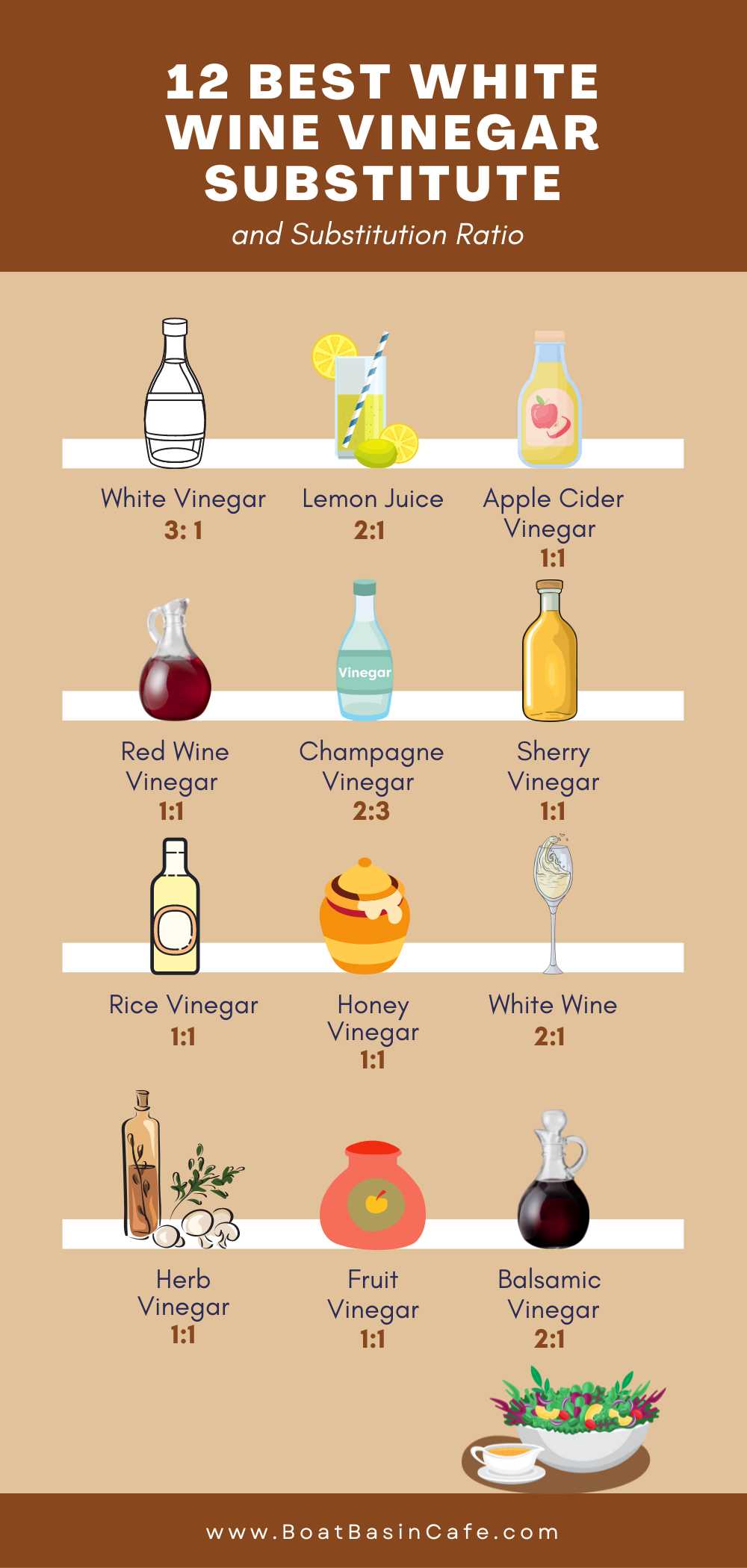
The key difference between white vinegar and white wine vinegar lies in the initial fermentation process. White vinegar is derived from ethanol, while white wine vinegar is derived from wine. This difference gives white wine vinegar a more flavorful and aromatic profile compared to white vinegar.
Additionally, the use of different starting ingredients means that white vinegar is a more versatile and neutral option, suitable for a wide range of culinary applications. On the other hand, white wine vinegar’s distinct grape flavors make it a popular choice for dishes where a more pronounced taste is desired, such as salad dressings or marinades.
Different Uses in Cooking
Cooking Techniques
White vinegar and white wine vinegar are used in various cooking techniques to add flavor, acidity, or tang to dishes. Here are some specific uses in cooking:
- Marinades: Both white vinegar and white wine vinegar are commonly used in meat and vegetable marinades. The acidity in the vinegar helps tenderize the meat and infuse flavors into the ingredients.
- Pickling: White vinegar is often used in the pickling process, as it helps preserve the vegetables and adds a tangy flavor to the pickles. However, white wine vinegar can also be used for pickling, especially for fruits or lighter-colored vegetables.
- Salad Dressings: White wine vinegar is a popular choice for making salad dressings due to its mild and slightly fruity flavor. It pairs well with a variety of ingredients, such as olive oil, herbs, and spices. White vinegar, on the other hand, has a stronger flavor and is commonly used in vinaigrettes.
- Sauces and Condiments: Both white vinegar and white wine vinegar can be used to add acidity to sauces and condiments. They are often added to recipes like barbecue sauce, ketchup, and mayonnaise to enhance the taste and balance the flavors.
- Baking: White vinegar is sometimes used as a leavening agent in baked goods, such as cakes and muffins. It reacts with baking soda to create carbon dioxide, which helps the dough rise.
Flavor Profiles
Different types of vinegar have distinct flavor profiles that can create unique tastes in dishes. Here’s a comparison of the flavor profiles of white vinegar and white wine vinegar:
| Vinegar | Flavor Profile | Best Used For |
|---|---|---|
| White Vinegar | Sharp, acidic, harsh | Pickling, vinaigrettes, sauces |
| White Wine Vinegar | Mild, slightly fruity | Salad dressings, marinades, light-colored pickles |
Ultimately, the choice between white vinegar and white wine vinegar depends on the specific dish and desired flavor profile. Both vinegars have their own unique uses and can enhance the taste of various recipes.
Health Benefits and Risks
White vinegar and white wine vinegar both have health benefits and associated risks. Here are some important factors to consider:
Health Benefits

1. Digestive Health: Both white vinegar and white wine vinegar may have a positive impact on digestion. They can stimulate the production of digestive enzymes, promoting better digestion and nutrient absorption.
2. Blood Sugar Control: Some studies suggest that consuming vinegar, including white vinegar and white wine vinegar, may help lower blood sugar levels. This can be especially beneficial for individuals with diabetes or prediabetes.
3. Weight Management: Vinegar, including white vinegar and white wine vinegar, may contribute to weight loss or weight management. It can help reduce appetite, increase satiety, and improve metabolism.
Risks and Precautions
1. Tooth Enamel Erosion: Consuming vinegar, including white vinegar and white wine vinegar, regularly and in large amounts may lead to tooth enamel erosion. It is recommended to dilute vinegar before consumption and rinse the mouth with water afterward.
2. Digestive Discomfort: Some individuals may experience digestive discomfort, such as heartburn or stomach pain, after consuming vinegar. If you have a history of gastrointestinal issues, it is advisable to consult a healthcare professional before increasing vinegar intake.
3. Interference with Medications: Vinegar, including white vinegar and white wine vinegar, may interact with certain medications, such as insulin or diuretics. It is important to consult a healthcare professional before consuming vinegar regularly if you are taking any medications.
4. Allergic Reactions: Some individuals may be allergic to vinegar and may experience allergic reactions, such as skin rashes or difficulty breathing. If you have known allergies to vinegar or any related ingredients, it is best to avoid consuming vinegar.
Conclusion
While white vinegar and white wine vinegar can offer certain health benefits, it is important to consume them in moderation and consider any potential risks or precautions. Each individual may react differently to vinegar, so it is advisable to listen to your body and consult a healthcare professional if you have any concerns. Incorporating a variety of healthy foods and beverages into your diet is crucial for overall well-being.
FAQ
What is the difference between white vinegar and white wine vinegar?
White vinegar and white wine vinegar are two different types of vinegar that are made using different processes and ingredients. White vinegar is made from distilled alcohol, while white wine vinegar is made from fermented white wine.
Can white vinegar be used as a substitute for white wine vinegar?
Yes, in some recipes white vinegar can be used as a substitute for white wine vinegar. However, it’s important to note that white vinegar has a stronger and more harsh taste compared to white wine vinegar, so it may alter the flavor of the dish.
What dishes are best suited for white vinegar?
White vinegar is often used in pickling, as a cleaning agent, and as a condiment. It’s commonly used in salad dressings, marinades, and sauces. It can also be used as a natural cleaning agent for household tasks.
Is white wine vinegar more expensive than white vinegar?
Generally, white wine vinegar is more expensive than white vinegar. This is because white wine vinegar is made from a higher quality ingredient (white wine) and is often aged for a longer period of time, resulting in a more complex and delicate flavor.
Video











